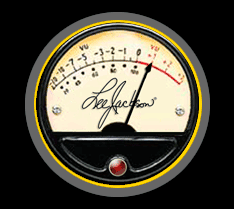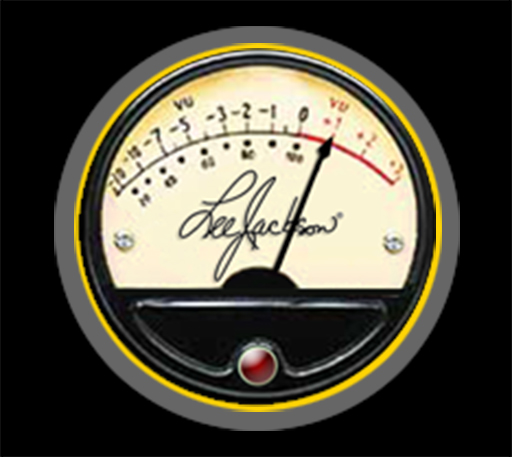Question and Answers
Here I’ll post Your Questions and My Answers, from the E-mails I receive every week from around the World.
These include everything from Lee Jackson Products, Ampeg , Crate , Fender and Marshall amplifiers and general questions about equipment.




